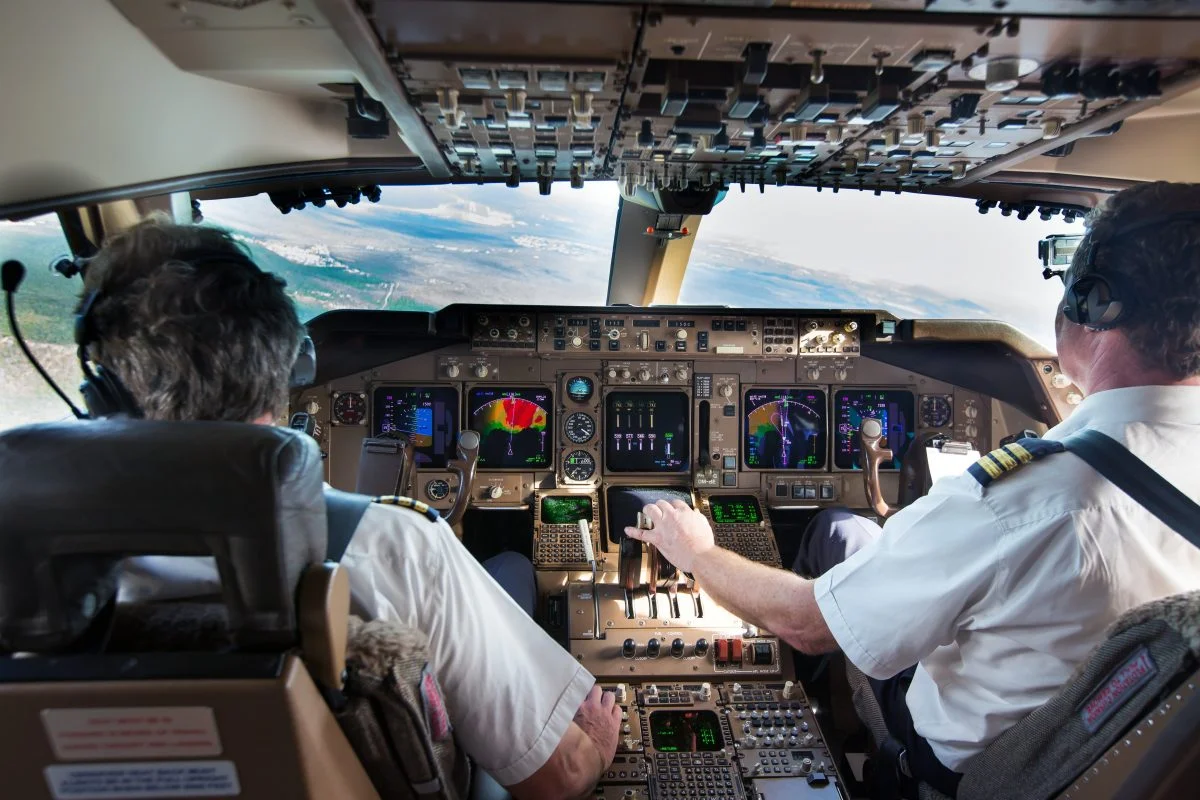Have pilot cockpit eye-scan patterns changed?
To comprehend the increasingly visually dense environment of a modern aircraft, a pilot must perfect the skill of an instrument scan by employing modern flight instruments.
The U.S. Federal Aviation Administration’s Instrument Flying Handbook views the first fundamental skill of instrument flying as developing a scan. A scan is defined by the U.S. Federal Aviation Administration as the “continuous and logical observation of instruments for attitude and performance information.”
A pilot’s scan behaviour is regarded as critical to the safe operation of an airplane. As newer models of aircraft see the implementation of new information-rich and diverse instruments, modified scan techniques are required to keep up to date with ever-evolving flight instruments. Such an evolving environment raises several questions about how exactly pilots scan and what training methods can be employed to enhance learning.
Prior to the Covid-19 Pandemic, Australia’s Qantas Airways invested in Seeing Machines’ eye-tracking technology to form part of its new B787-9 full-flight simulator (produced by L3Harris). This made it the first-ever purpose-built eye-tracker/simulator combination. Seeing Machines’ eye-tracking technology was fitted within the simulator to explore the complexities of pilots’ eye scan versus performance. The aim of this collaboration focused on improving training and seeking answers to scan questions.
The last 20 years have seen eye-tracking technology improve to the extent that eye trackers can now be fitted to a simulator without obstructing the pilot’s view while allowing the tracked eye positions to be accurately displayed on the instructor’s panel as an additional diagnostic and remediation tool. The eye-tracking/simulator research is ongoing at Qantas and planned to be conducted in several phases.
The opportunities for further research continue to evolve with Covid providing a unique opportunity, despite the devasting effect on the global aviation industry. Large numbers of pilots worldwide have been stood down for extended periods and changes in scan behaviour for this group remain unknown.
Interest in the potential of eye-tracking for aviation remains high and the research presently being undertaken at Qantas is aimed at finding answers that may help flight training worldwide.
To read more from Captain Matt Gray, click this link.
